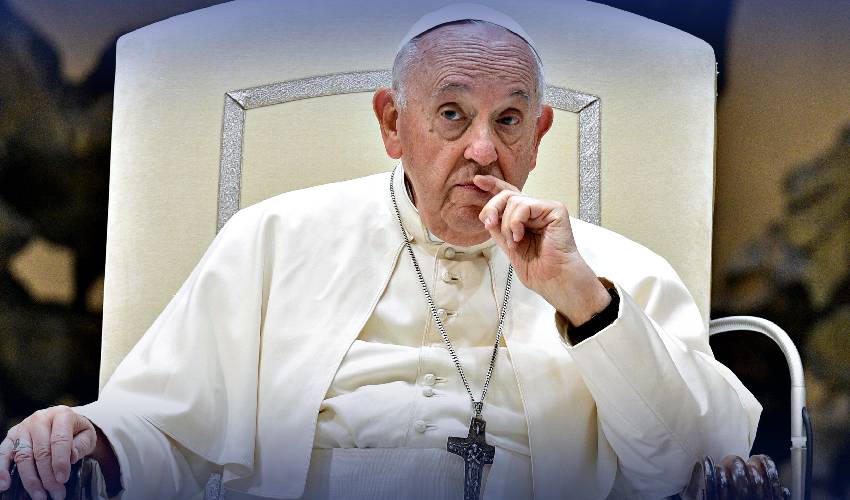Pope Francis, 88, who has been battling double pneumonia for over two weeks, remains in a stable condition and has not faced any further breathing difficulties, the Vatican said on Saturday.
The pontiff, who was admitted to Rome’s Gemelli hospital on February 14 with severe respiratory issues, suffered a constriction of his airways on Friday, resembling an asthma attack.
The episode renewed concerns over his health, but Vatican officials provided a more optimistic update, stating that the pope did not have a fever and showed no signs of an increased white blood cell count—an indicator of infection or inflammation.
“The Holy Father’s clinical condition remains stable,” the Vatican said in a statement, while cautioning that the prognosis remains guarded, indicating that he is not yet out of danger.
His blood circulation was reported to be stable, and he continued to receive non-invasive mechanical ventilation, alternating with high-flow oxygen therapy.
Despite his illness, Pope Francis was described as “always vigilant” and able to eat normally.
His hospitalisation has led to the cancellation of several engagements, including his usual Sunday prayers with pilgrims.
The Vatican confirmed that, for a third consecutive week, he would not be delivering the Angelus prayer in person, with the text instead being published.
The pope’s latest health setback has raised concerns given his medical history. Having suffered pleurisy as a young adult, he had part of one lung removed, making him more vulnerable to respiratory infections.
Over the past two years, he has endured multiple health challenges, including recurring lung infections.
This prolonged hospitalisation marks the longest public absence of Pope Francis since he assumed the papacy in March 2013. Doctors have not provided a timeline for his recovery, leaving uncertainty over when he might resume his full duties.


























